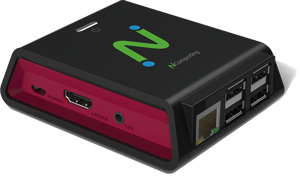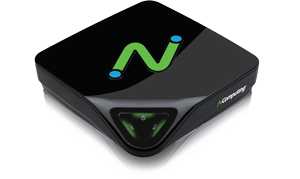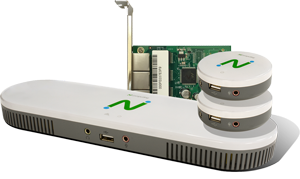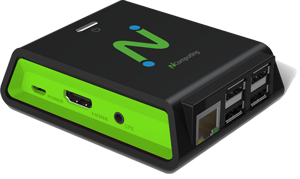Colyton Primary School in Devonshire is representative of many schools in the UK looking to optimise ICT in order to improve teaching and learning, whilst at the same time working within tightening budgets.
The school previously had in place desktop computers that were over 10 years old. This proved a serious hindrance to lessons, with each PC booting up at different times and server updates taking hours to implement. Nic Harris, the school’s headteacher, was even spending his evenings and weekends conducting ICT maintenance tasks and software updates.





